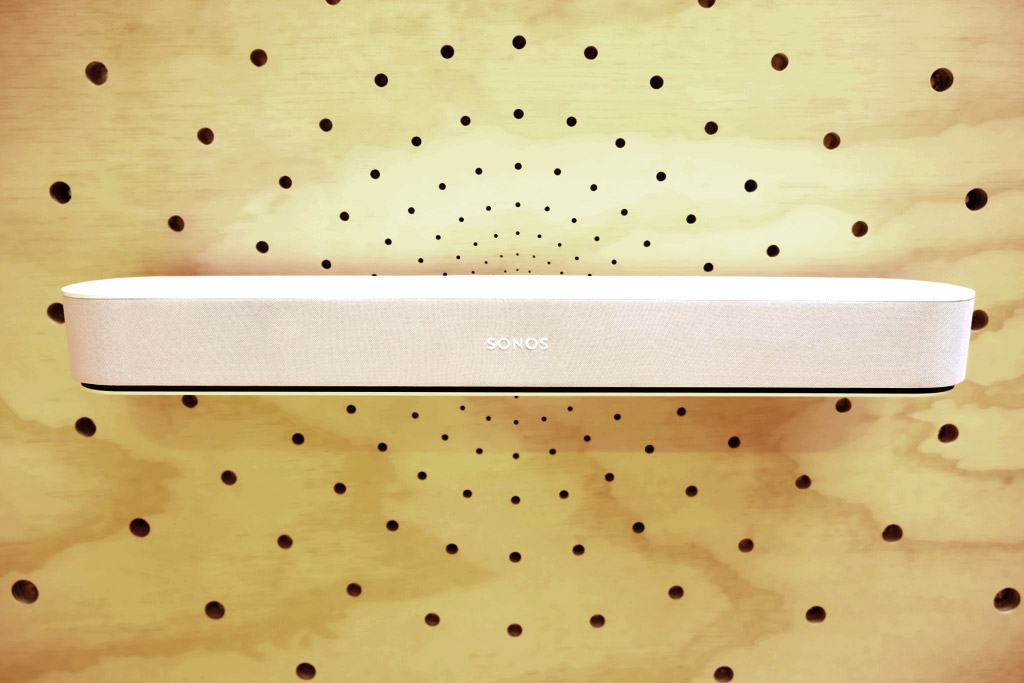
Sonos is back again, and this time, it has a new smart speaker aimed at the living room. The SONOS Beam is the big news, but so is the impending AirPlay 2 support with iOS devices.
Looking at the Beam, it’s almost like Sonos squished the Playbar to create a smaller form factor. It is 28 per cent smaller, in fact, and its nimbler size means it can better fit in front of a TV with a stand, or a larger TV with legs.
Sonos’ main focus was to integrate the sound experiences demanded of both music and video content. It’s not unlike the priority of the Playbase, but this time, the smart features become part of the value proposition.
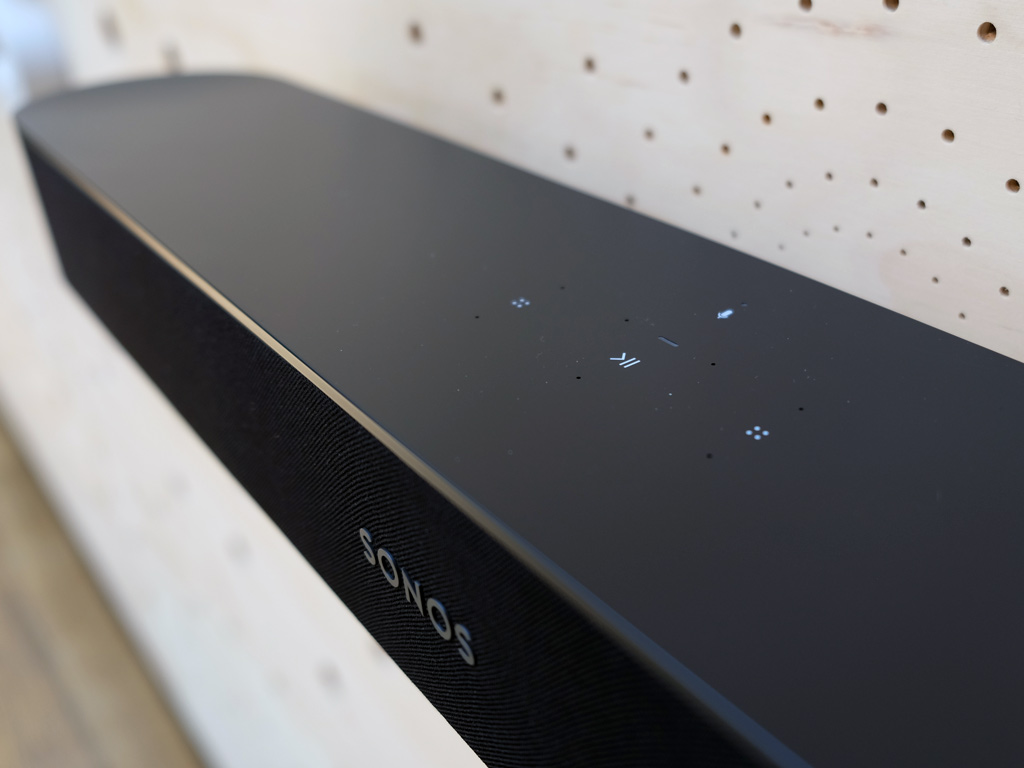
Smart design
The Beam has four drivers, three passive radiators and five microphone arrays inside. It’s pretty tightly packed, but the surface on the outside is highly minimalist, as is Sonos’ style. The microphones play a key role in making the speaker smart and responsive.
On the back, there is an HDMI port, marking the first time Sonos has included one. Having it there will allow Alexa (and eventually Google Assistant) to turn the TV on or off, as well as control volume or change inputs. The reason why is because you would be using an HDMI cable to connect the Beam and TV together directly.
On top of that, you can request a show or movie from services like Netflix and Amazon Prime Video. The one catch in making that work, however, is that it can only work with Fire TV, Amazon’s streaming device. Once Google Assistant goes live, that should open up full compatibility with Chromecast devices, but that will have to wait.
There is an Ethernet port in the back for wired connections, but the Beam will work via Wi-Fi like any of its other products do.
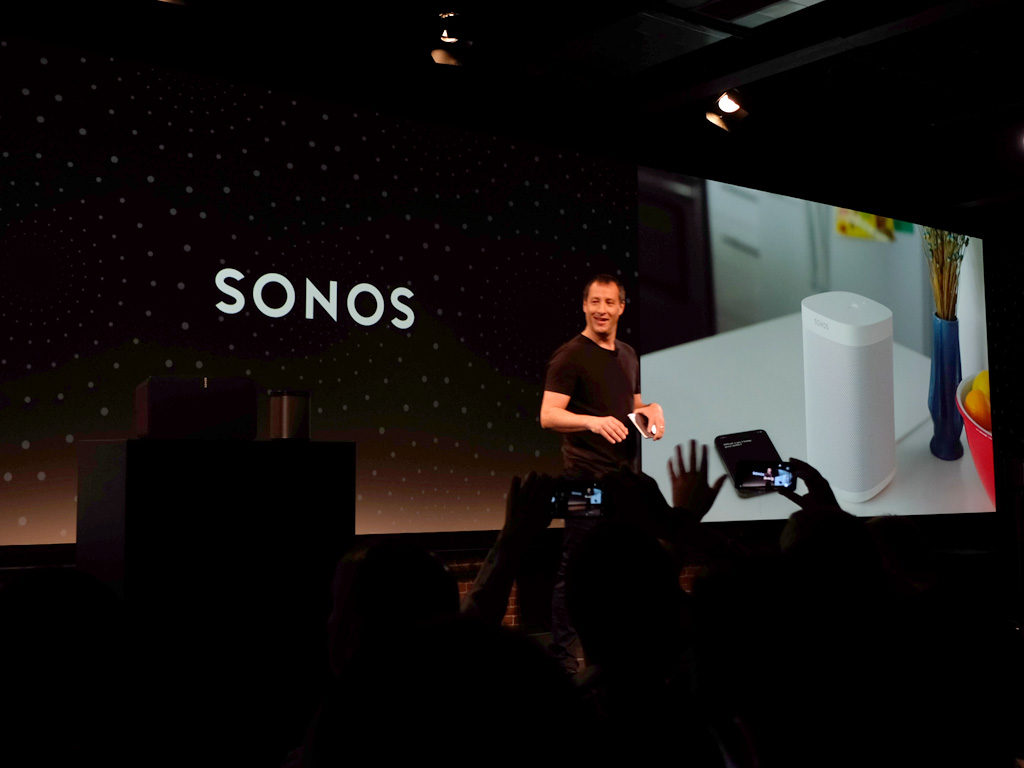
AirPlay 2 coming up
Out of the box, the Beam will support Amazon’s Alexa voice assistant. Google Assistant will come at an undetermined time later this year. Apple’s Siri will come into play to a limited degree, particularly with AirPlay 2. That’s the protocol Apple uses for its devices to wirelessly send audio or video to compatible devices.
In this case, it would be possible to AirPlay music over to the Beam from a compatible iPhone, iPad or Mac. Moreover, you could tell Siri to play a song on the Beam and it will oblige. The only thing to keep in mind is that this limited voice integration is meant for Apple Music, not any other streaming service or music app.
AirPlay 2 support will also roll out in July to other Sonos speakers: the Play:5, Playbase and Sonos One.
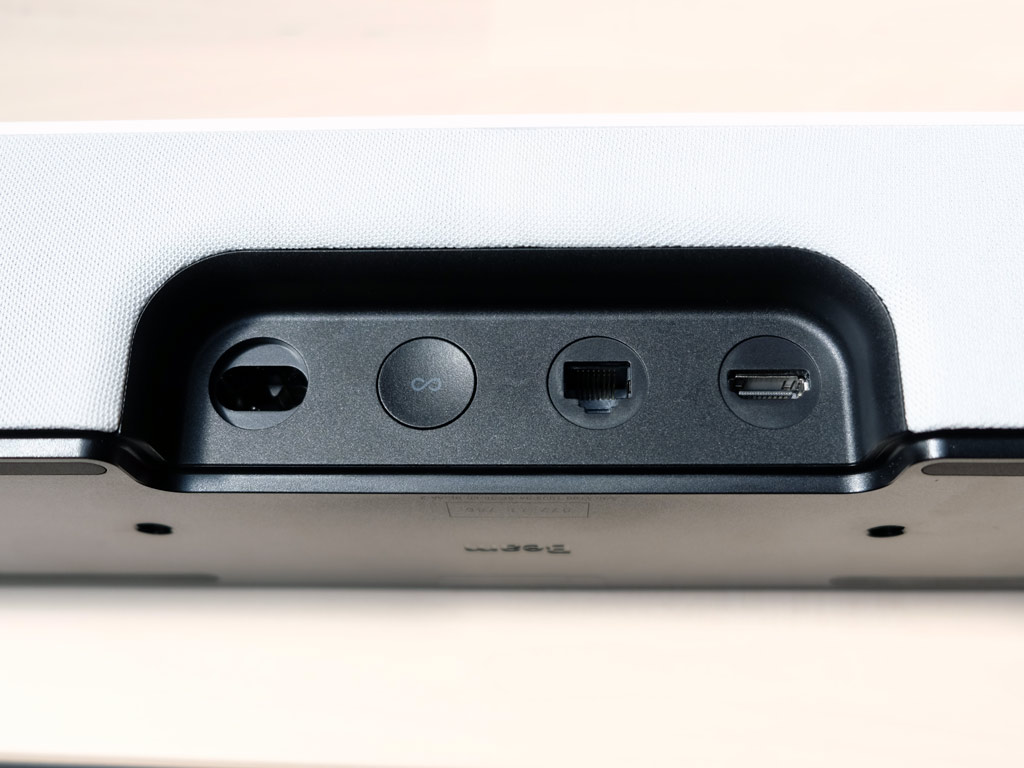
Sound experience
I got to listen to the Beam play a few songs and some Hollywood movie clips to get a sense of what it sounds like. It’s loud for its frame, that much was clear. It also covers a fairly wide soundstage.
It won’t match the bass of the Playbase. It would likely improve if matched with a Sonos Sub, but then again, any Sonos speaker would in that instance. Further testing would help highlight the strengths and weaknesses, but as is, there is still plenty to like about it.
First, the Beam can avoid distortion at louder volumes, which is great for both music and video. Second, vocals and instruments are nicely detailed, while different sounds in a movie or show come through better. For example, a quiet scene won’t require raising the volume, only to lower it as soon as something explosive happens. There is a good balance inherent in it.
And finally, it did well recognizing voices despite playing something loud. Field testing that at home will truly determine the full effect, but the demos went well. The AirPlay 2 demos were solid too, opening up the ability to play audio from one of the biggest sources Sonos doesn’t support: YouTube.
If you like playing music through YouTube on your iOS device, you will love how it works here.
Coming soon
The Sonos Beam will be available for pre-order at Best Buy on June 17, with release and retail availability on July 17. Check out all things Sonos right here.
Table of Contents




































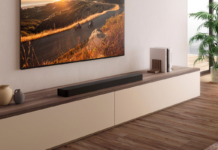


I especially like the inclusion of a good quality HDMI cable, and a special HDMI to Optical adapter, in case your TV does not have HDMI ARC connection.
Comments are closed.